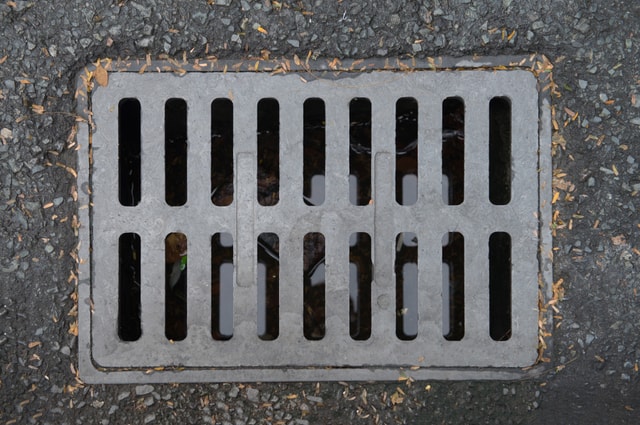 Drains can be a major headache and we at Speedy Jet Drainage have the solution for any problems you may encounter with your drainage in the London area but let’s take a look at some of the questions you may have on the subject.
Drains can be a major headache and we at Speedy Jet Drainage have the solution for any problems you may encounter with your drainage in the London area but let’s take a look at some of the questions you may have on the subject.
Who Is Legally Responsible For My Drains?
It used to be the case that you were responsible for your drain until the point at which it met the public sewer, even if that section of drain wasn’t on your property, meaning you were responsible even for sections that ran beneath public highways. You were also jointly responsible for any drain shared with your neighbours. Fortunately, in 2011, the law changed and you are now only responsible for your own drain, and that responsibility stops at your property’s boundary.
Does Insurance Cover My Drains?
Normally – unless the repairs are due to subsidence, vehicular damage or root intrusion – bricks and mortar insurance will not cover drains. Insurance companies are likely to send out a loss adjuster for all but the smallest claims.
What Is A Drainage Survey?
If there’s a problem with a drain, the simplest and cheapest way to find it is often by putting a CCTV camera down into the pipe. This can find displaced joints, leeks, cracks, settlement, collapse, infiltration and root intrusion. Thanks to this, it may be possible to remove the need for major excavation.
Will I Need A Pre-Purchase Drain Survey?
Because major drainage problems can cost thousands of pounds to correct, mortgage providers increasingly demand a pre-purchase drainage survey. Frequently, a building surveyor will request one if there are cracks in the surrounding ground or dilapidated manholes and gullies. However, even if the mortgage company doesn’t demand a survey, it’s always wise to commission one. That way, if faults are spotted, the cost of remedial works can be deducted from the property’s purchase price. Alternatively, you can insist the vendor fixes the problem before completion.
Why Does My Bath or Shower Empty Slowly?
It’s common for plug holes to become blocked with hair and soap. If so, it may be that the central part of the plug hole can be lifted out to allow cleaning. If not, a piece of wire, or tweezers, can be used to pull hair out.
Hair and soap can also build up in the pipe itself. This may be cleaned with a proprietary drain cleaner. If this doesn’t work, it may be necessary to remove the pipe and then clean it.
What Is The Best Way To Keep My Drains Clean?
Ideally, before washing, wipe greasy pots and pans clean, with kitchen paper. All food scraps on plates should be scraped off before washing. In the bathroom, a hair trap should be placed over the bath or shower plug hole. Outdoors, keep all gully lids clean and free of leaves and debris.
To help remove sludge and grease, drains should be regularly washed down with boiling water. This will also remove micro-bacterial deposits which can cause unpleasant smells. An occasional use of thick bleach can also help. In more extreme cases, a proprietary drain cleaner may be used.

